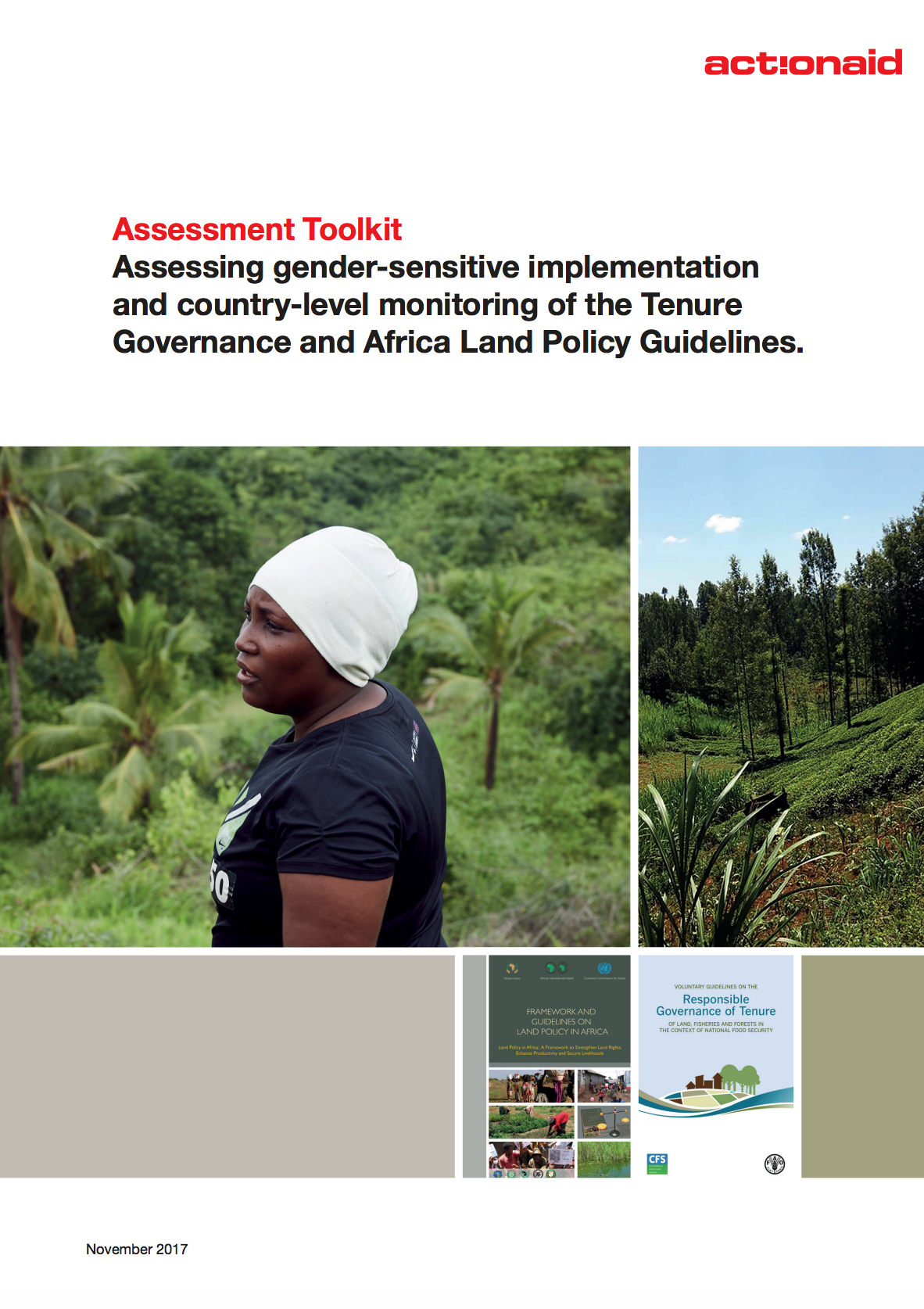PARTICIPATORY ENVIRONMENTAL ASSESSMENT IN NYANGATOM DISTRICT OF SOUTH OMO ZONE, SOUTH ETHIOPIA
The aim of the study was to identify potential constraints to mutual resource utilization in the bordering areas of Nyangatom and to identify and develop participatory mitigation measures to resource utilization problems based on community and government proposals. The study employed Focus Group Discussion (FGD) and Key Informant Interview (KII) to collect the primary data. 1 FGD and 2-3 FGDs were held in each kebele. Livestock production is the major source of livelihood followed by crop production in the district.












